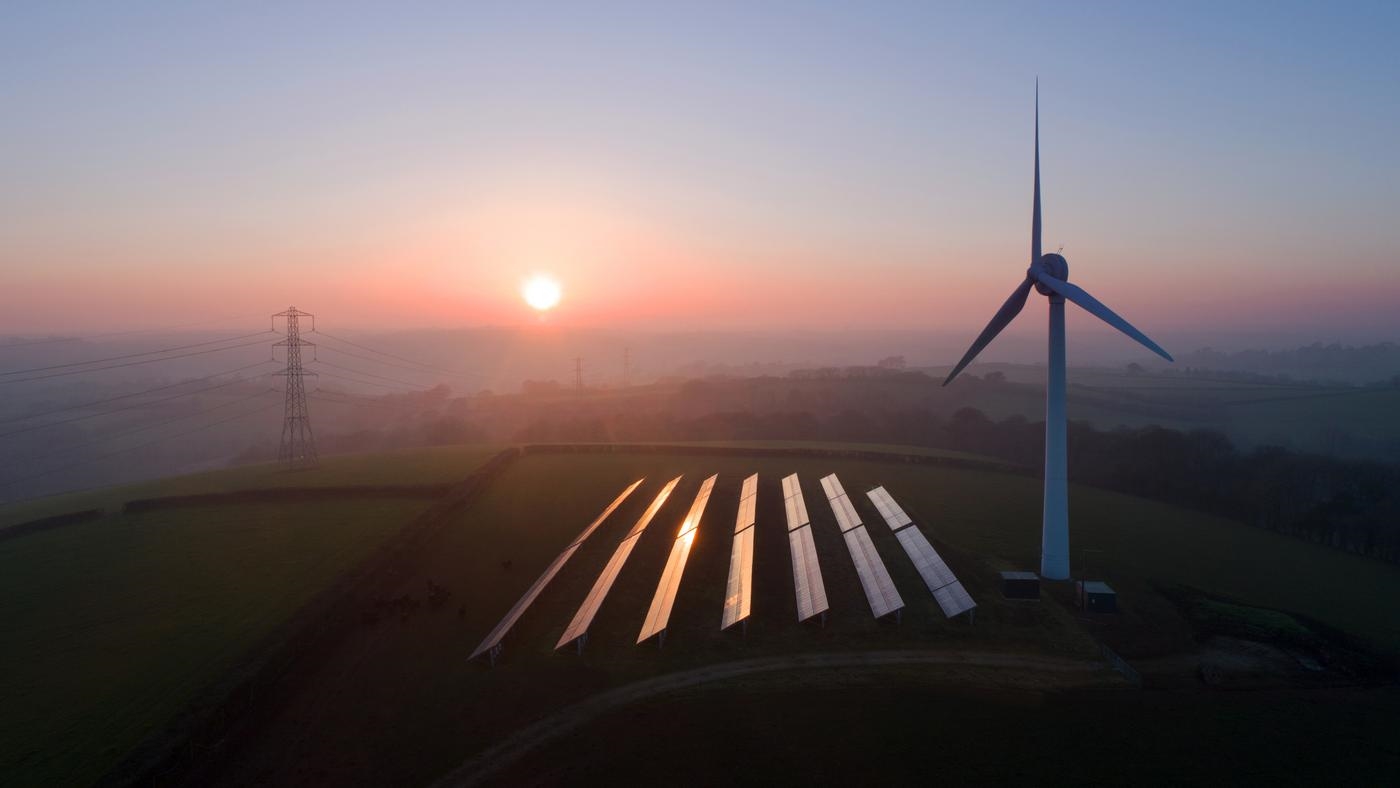Get in touch
-
Mark Thomtonmark.thomton@woodmac.com
+1 630 881 6885 -
Hla Myat Monhla.myatmon@woodmac.com
+65 8533 8860 -
Chris Bobachris.boba@woodmac.com
+44 7408 841129 -
BIG PartnershipWoodMac@BigPartnership.co.uk
UK-based PR agency
Southeast Asia’s wind power needs US$14 billion new investments by 2030
Vietnam leads the race in new capacity additions
1 minute read
Southeast Asia’s wind power sector requires at least US$14 billion of investments by 2030, says Wood Mackenzie. This is to support the 8.9 gigawatts (GW) of new wind power capacity that Wood Mackenzie expects to be added between 2020 and 2029.
With a population exceeding 650 million and average annual power demand growing at 8% until 2030, Southeast Asia is one of the world’s fastest growing power markets. To support this growth, the region’s governments are setting renewable energy targets to diversify their energy mix to be more energy self-sufficient.
Wood Mackenzie principal analyst Robert Liew said: “Currently there are about 20.7 GW of planned wind power capacity in the pipeline, but we think less than half or 8.9 GW will be realised by 2030. The coronavirus pandemic has slowed development in 2020, as border closures delay equipment transportation and prevented foreign technical staff support in these nascent Southeast Asian markets.
“Vietnam has risen to become the shining star in the region’s race to add wind power capacity. It alone accounts for 66% of new capacity expected to be added by the end of the decade.”
The surge in projects in Vietnam is driven by the government’s decision to upgrade the wind feed-in-tariff (FIT) in 2018 to 85 US$ per megawatt hour (MWh) for onshore wind and 98 US$/MWh for intertidal offshore wind with a 2021 deadline for both FITs, though a potential extension to 2023 is still to be decided.
Power demand is recovering, and Southeast Asian countries will be competing to attract large-scale investments to spur economic recovery. This will provide opportunities for governments to push ahead with their new national power plans with expanded roles for more renewables.
Liew said: “There is potential for more upside if Malaysia and Myanmar start utility-scale wind development and offshore wind development occurs in markets outside Vietnam.”





